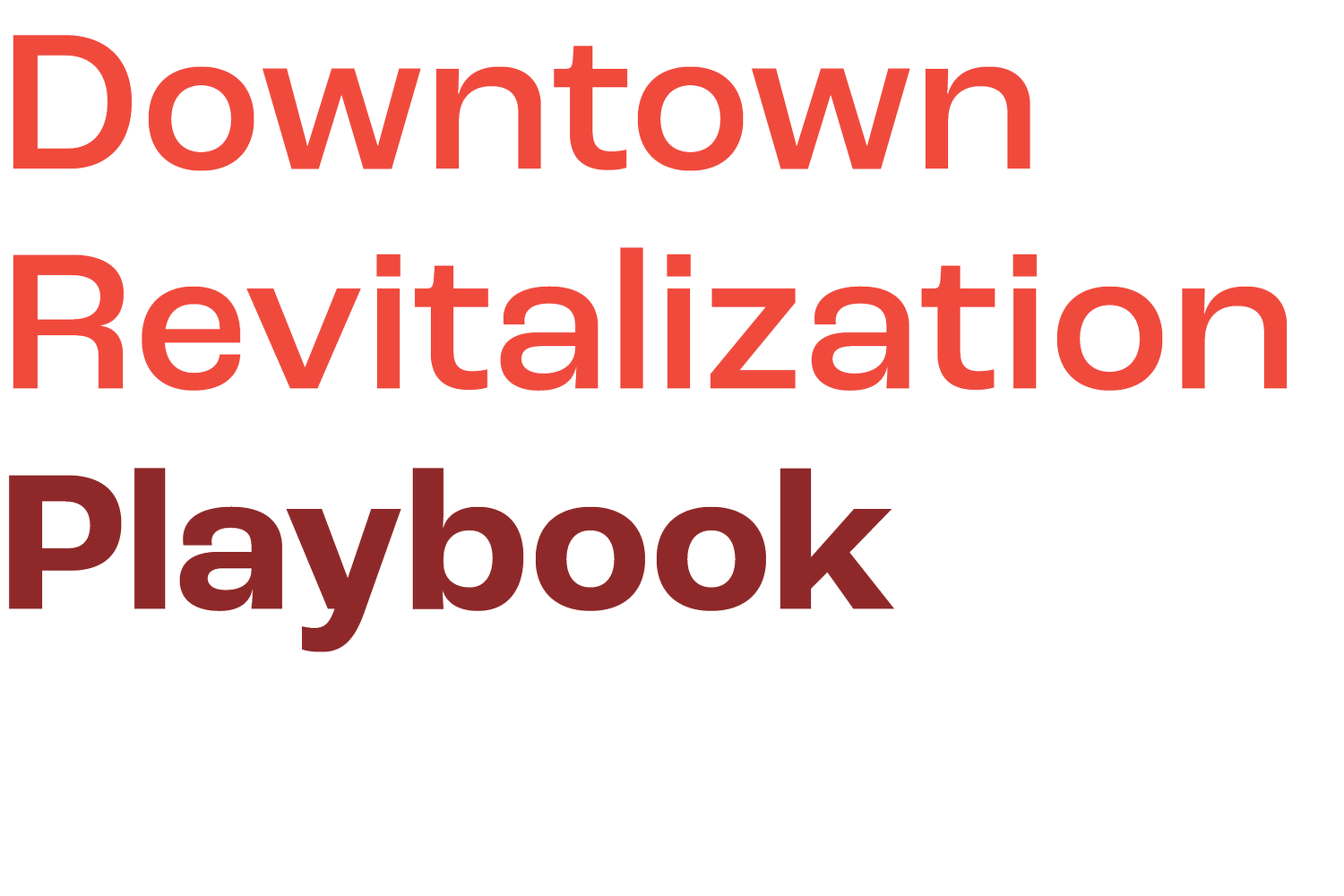
How Do Investors Know a Community is Ready?
The Playbook includes a checklist of enabling factors to help communities assess their readiness for investment. The next question is: how do investors know a community is ready for investment?
Let’s consider the ways that four distinct groups can size up their respective investment opportunities, make appropriate decisions about how best to partner with a community they care about, and help to unlock the capital that’s needed to accomplish key community priorities.
Foundations—Foundations can help rural communities play the long game by developing a pipeline of projects that over time can address key community and economic priorities, versus focusing solely on one project. Conversations with their own board and staff about internal capacity and readiness to take on new kinds of roles may reveal the need for further training regarding how best to structure new community partnerships. They also may want to establish pilot programs that enable them to explore new collaborative approaches to working with communities at a reasonably small scale.
Private Financial Institutions—Whether traditional banks or community development financial institutions (CDFIs), many of these institutions may be relatively unfamiliar with how to bring their debt financing options to a blended capital stack that includes unconventional partners. Training may help them develop that capacity.
High-net-worth individuals and private investment firms—Local residents who have the financial means to invest may find that planning and pre-work can allay their concerns about whether the project offers an acceptable, if slower, return-on-investment. Aligning a project with community priorities also can help them decide when might be the right time to invest.
Lower-income local residents—An innovative redevelopment project in Princeton, WV is making it possible for lower-income residents to own and manage a downtown building.
A similar approach quickly gaining popularity throughout the United States is community investment trusts. For example, the East Portland CIT in Oregon is a 29,000-square-foot mid-century commercial retail mall in outer Southeast Portland that can host 26 to 30 businesses and nonprofit tenants. The long-term path for local residents toward their collective ownership of this neighborhood building ranges from $10 - $100 per month.
Questions for Funders & Investors
The following checklist is designed to help funders and investors gauge the promising factors of a particular project or community in order to evaluate its overall readiness for investment. For funders, this checklist also presents an opportunity to use grantmaking, convening, or other tools to help get the project ready for investment. For example, if the project lacks a thorough market analysis or sustainability plan, grant dollars could help the project team get the right assessment completed so that the project can move forward.
Leadership: Is there a strong, complete team (spotter, framer, engager, developer, primary contact, and other necessary stakeholders)?
Local Investment: Have local residents invested significant resources or funds and do they show they have a serious stake in ensuring it succeeds (i.e., skin in the game)?
Investment Capacity: Do local stakeholders show a general understanding of how investment works, or have they brought on team members with this understanding or expertise?
Market Analysis: Has a thorough analysis been performed identifying local assets, opportunities, constraints, and risks?
Demand: Has a thorough analysis been performed indicating demand for particular downtown uses (e.g., co-working space, restaurant, etc.) with an acceptable return on investment?
Community Engagement: Have diverse members of the community been included in shared visioning and the market analysis for demand? Do those included in planning and market analysis accurately and proportionately represent the true demographics of the community including diversity of age, race, gender, orientation, religion, ability, and economic status?
Existing Built Infrastructure: Will the existing built infrastructure support this development?
Investment Ecosystem: Have they begun to develop a pipeline of investable projects? How do they hold themselves accountable for aligning those projects with key community priorities?
Stages of Investment: Has the project under consideration genuinely arrived at the Stage of Investment appropriate for the size and type of capital that is a timely match with the particular type of funder or investor with whom the project leadership is negotiating?
Attention to Financial and Social Sustainability: Is there a feasible plan in place to maintain and manage the development after it is completed? Will the final product be financially and socially sustainable long-term?
